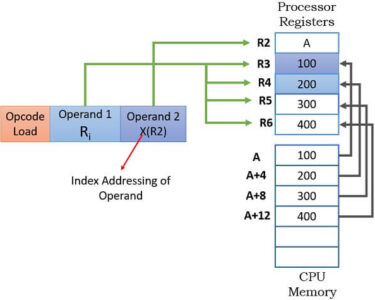
Critical Steps to Addressing and Healing from Blackhat SEO
Introduction
Blackhat SEO, a malicious technique that violates search engine guidelines, can severely damage a website’s ranking and reputation. Recovering from its devastating effects requires a thorough and strategic approach. This article outlines the critical steps involved in addressing and healing from blackhat SEO.
Step 1: Identify the Damage
- Analyze website traffic: Monitor traffic sources, identifying any suspicious patterns or sudden drops.
- Check search engine rankings: Use tools like Google Search Console to track keyword rankings and identify affected areas.
- Inspect website content: Review pages, links, and meta tags for signs of blackhat techniques, such as keyword stuffing, hidden links, and cloaking.
Step 2: Remove Blackhat Techniques
- Disavow harmful links: Submit a disavow file to Google to request the removal of backlinks from penalized websites.
- Fix crawling and indexing issues: Ensure that search engines can crawl and index your website properly by addressing technical errors.
- Remove malicious redirects: Identify and remove any redirects that are intended to deceive search engines.
Step 3: Restore Natural Rankings
- Create high-quality content: Publish original, relevant, and engaging content that provides value to users.
- Build authoritative backlinks: Acquire backlinks from reputable websites that are relevant to your niche.
- Improve website user experience: Enhance usability, loading speed, and accessibility to improve search engine rankings.
Step 4: Monitor and Maintain
- Track website performance: Use analytics tools to monitor traffic, rankings, and user engagement metrics.
- Stay updated on SEO best practices: Keep abreast of search engine guidelines and industry trends.
- Implement ongoing security measures: Regularly scan your website for vulnerabilities and take steps to prevent future attacks.
Step 5: Address Reputation Damage
- Monitor online reputation: Regularly check search results, social media, and review platforms for negative feedback.
- Respond to negative reviews: Address concerns professionally and transparently, providing factual information about the incident.
- Promote positive content: Share positive testimonials, publish success stories, and engage with your audience to rebuild trust.
Conclusion
Healing from blackhat SEO is a challenging but necessary process. By following these critical steps, you can identify the damage, remove malicious techniques, restore natural rankings, monitor and maintain your website, and address reputation damage. Remember, patience, persistence, and a commitment to ethical SEO practices are crucial for a successful recovery.


